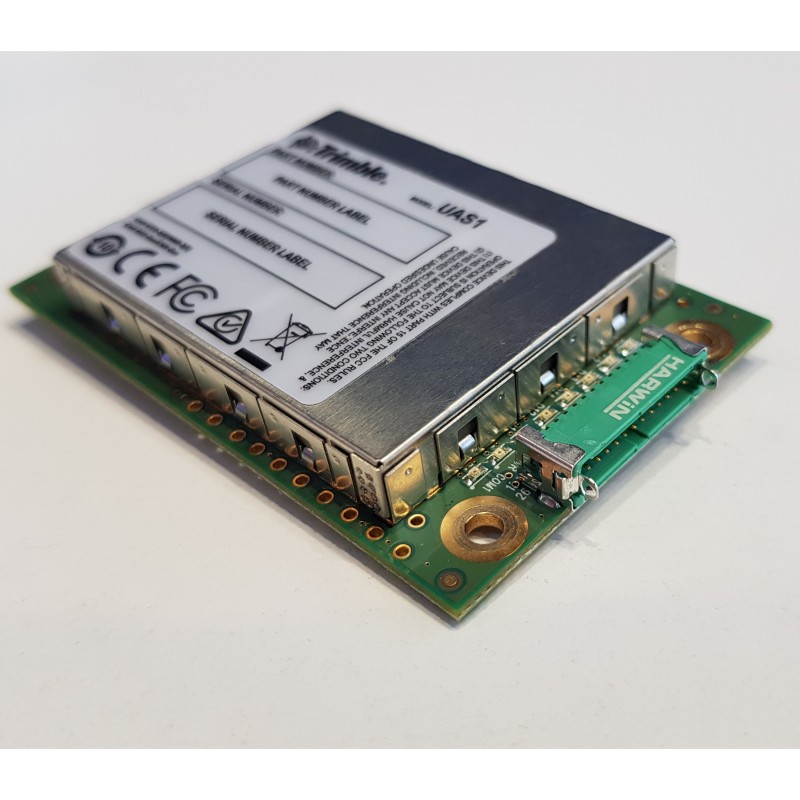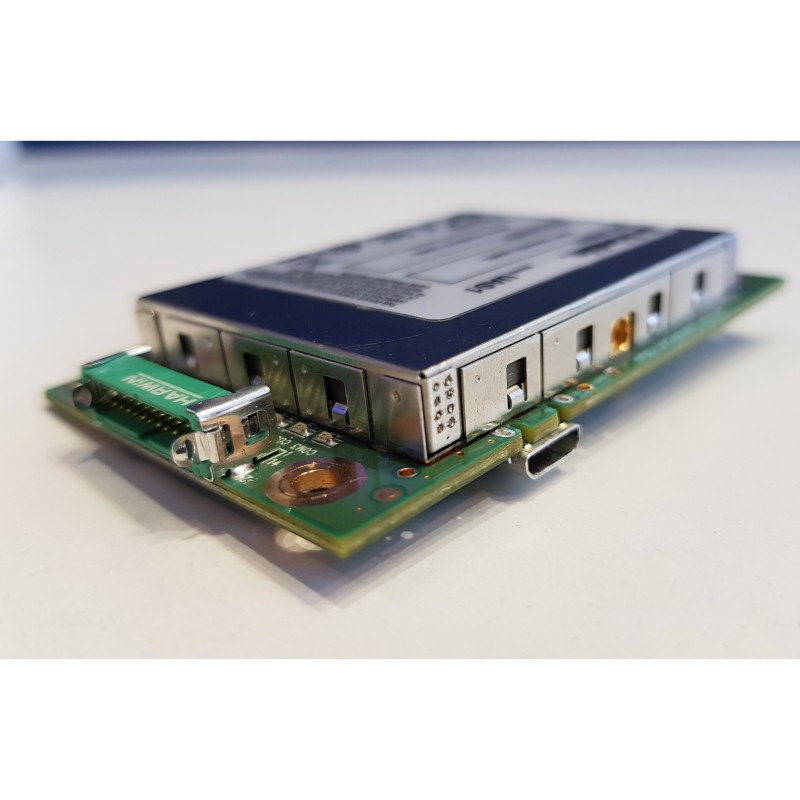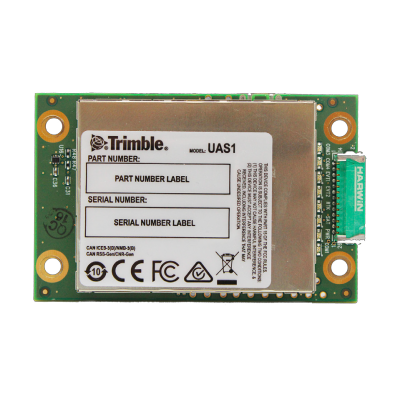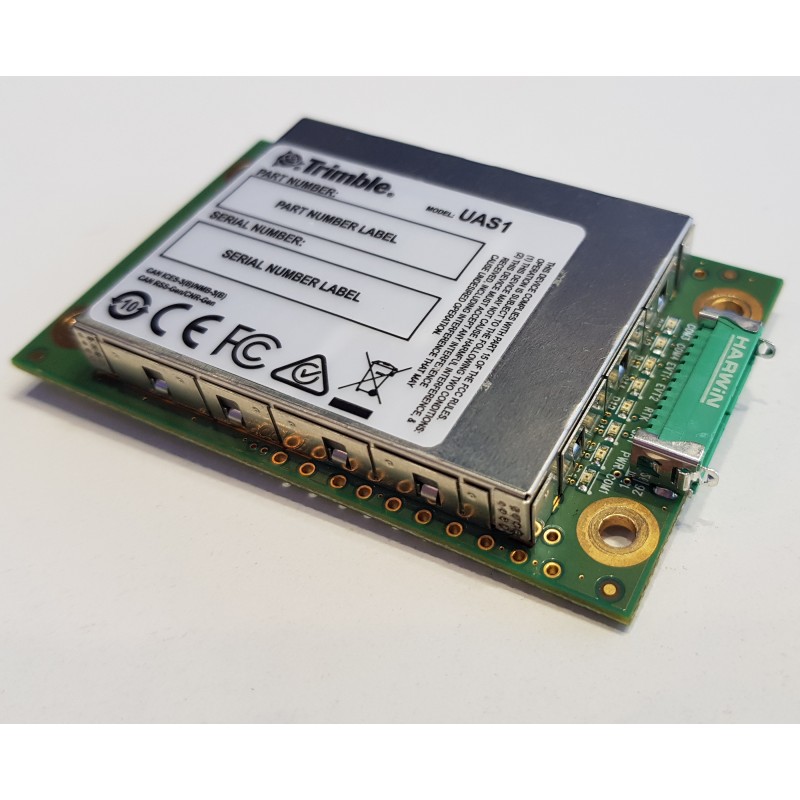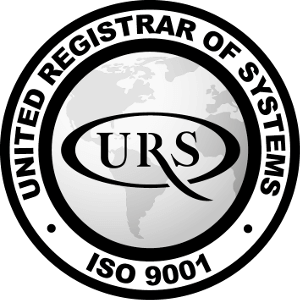Multi constellation / Multi frequency GNSS
The Trimble® UAS1 supports dualfrequency from GPS, GLONASS, and Galileo constellations. As the number of satellites in the constellations grow, the UAS1 is ready to take advantage of the additional signals. This delivers the quickest and most reliable RTK and RTX initializations for centimeterlevel positioning. For UAV / UAS applications that do not require centimeter-level accuracy, the UAS1 contains an advanced Kalman filter PVT engine that delivers high accuracy GNSS, DGNSS positions in the most challenging environments.
Compact design
The Trimble UAS1 GNSS receiver module has been designed for UAV / UAS applications requiring centimeter-level accuracy in a very small package. Mobile platforms can now embed proven Trimble RTK technology using a shielded module with a 71 mm x 46 mm x 13 mm form factor. The Trimble UAS1 design is compact with an MB-Two footprint and has a rugged, high-vibe latched connector that is tested to Trimble’s highest quality standards.
Trimble Maxwell 7 technology
Industry professionals trust Trimble embedded positioning technologies as the core of their precision applications. With the latest Trimble Maxwell™ 7 Technology, the UAS1 provides assurance of long-term future-proofing and trouble-free operation. Moving the UAV / UAS industry forward, the Trimble UAS1 redefines high performance positioning :
- 336 Tracking Channels
- Trimble Everest Plus multipath mitigation
- Advanced RF Spectrum Monitoring and Analysis
- Proven low-elevation tracking technology
Rugged Interfacing
The Trimble UAS1 was designed for easy integration and rugged dependability. Customers benefit from flexible interfacing over USB
and RS232. Just like other Trimble embedded technologies, easy to use software commands simplify integration and reduce development times.



